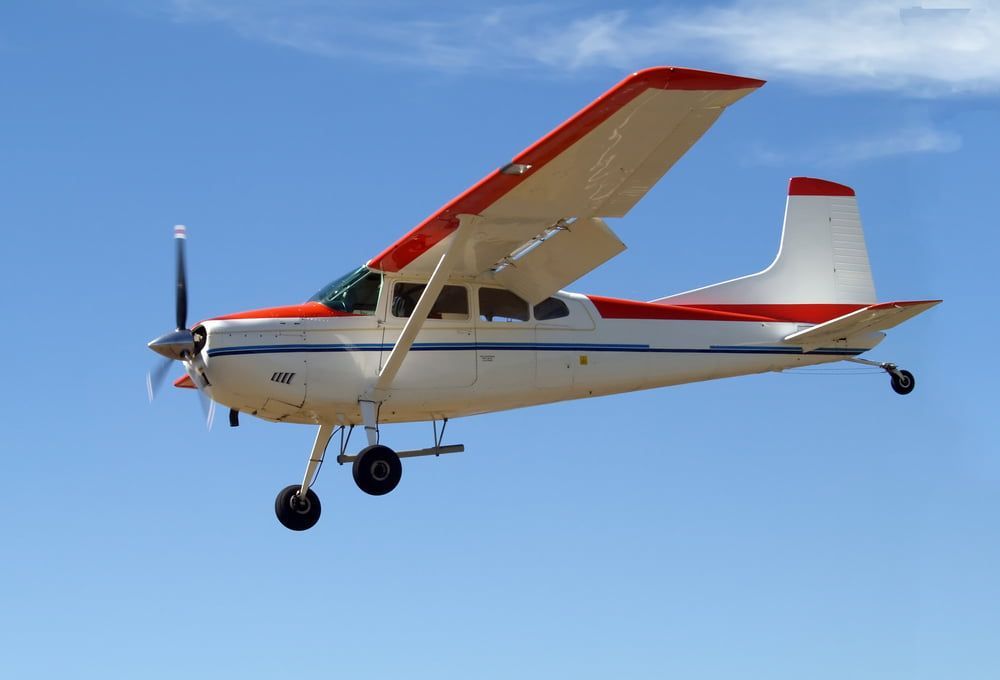Airplane Depreciation: What You Should Know
Share this Article:

In technical terms, depreciation is the reduction in the value of an asset over time.
Whether it’s a car, boat, plane, or some other type of investment, it’s going to begin depreciating – or losing value – the minute you begin to use it. Some investments known for depreciating quickly include the likes of vehicles, computers, and new homes. And while airplanes depreciate, there are a few interesting caveats on how – and how quickly – planes lose value compared to other investments. There are also some interesting implications as it relates to income statements, taxes, resale value, and more.
In this post, we’ll cover the basics of airplane depreciation, key terms to know, bonus depreciation, and more.
Aircraft Depreciation Basics
Depreciation essentially allows aircraft owners to see how the value of their investment is expected to change over time. Depreciation factors in the likes of wear and tear, obsolescence, age, and more.
Depreciation also can have some tax implications for firms that use an aircraft for business use, and it can be used to help determine a fair sale price for an aircraft when it’s time to sell. We’ll get into all of this – and more – throughout this post.
What is Aircraft Depreciation?
Various factors – from the type of aircraft to how it’s used to overall age and condition – impact depreciation rates.
We’ll get into more about how depreciation works in the next section. First, let’s discuss why aircraft depreciation is used. There are several reasons why depreciation should be calculated. For instance:
- It may be tax-deductible: Businesses and aircraft owners may be able to deduct a portion or the full amount of the annual depreciation on their taxes.
- It’s required to comply with accounting rules and regulations (more on this later in this post).
- It can help a firm match expenses against revenue.
- It can help offer a more accurate financial representation for a company. This reason can be especially helpful for investors and shareholders to gauge if the company is publicly traded.
How Does it Work?
Depreciation can be calculated in several ways. However, the most common way to calculate this is via straight-line depreciation. Straight-line depreciation works by dividing the total cost of the asset – in this case, an airplane – by how long it’s expected to be used. For example, if an aircraft was purchased for $120,000 and is expected to last for 10 years, the annual depreciation would be $12,000. This is the number that is then recorded on the company’s income statement.
Key Terms to Know
Like anything that involves financial and accounting jargon, there are various key terms that you’ll want to familiarize yourself with when it comes to airplane depreciation. Here’s a look at a few of these key terms and their definitions:
- Fixed asset: This is a tangible entity used for business. For example, an aircraft would be a fixed asset in the context of depreciation.
- Cost: This is the initial cost to purchase the aircraft or fixed asset.
- Qualified business use: If the aircraft is used for business purposes, it would be considered a qualified business use asset.
- Recovery period: This is essentially the useful life of the aircraft.
- Salvage value: This is the anticipated resale value of an aircraft when it’s at the end of its useful life. Salvage value is also commonly known as “disposal value” or “residual value.”
Two other terms to know as they apply to aircraft depreciation are Modified Accelerated Cost Recovery System (MACRS) and Generally Accepted Accounting Principles (GAAP). We’ll get into these terms later on in this piece.
Aircraft Bonus Depreciation
Instituted with the Tax Cuts and Jobs Act of 2017, changes were made to depreciation rules regarding aircraft that are used for business purposes and how much businesses can claim. Before the act’s passage, businesses were only permitted to deduct 50 percent of annual aircraft depreciation. With the passing of the Tax Cuts and Jobs Act, they’re able to deduct 100 percent of the depreciation in the first year of ownership, with eligible deductions decreasing each subsequent year of ownership. This increase in eligible deductions became known as “bonus depreciation.”
However, it’s important to note that beginning in 2023, the percentage of annual bonus appreciation applicable was phased down. Check with your accountant to better understand how bonus depreciation may work in your situation and how much you’re able to deduct from your income taxes now and into the future.
Accounting Considerations
We strongly suggest working with a professional accountant when it comes to determining your aircraft’s depreciation and bonus depreciation values.
MACRS
The primary tax accounting system used to calculate aircraft depreciation is MACRS or Modified Accelerated Cost Recovery System. A fixed asset method for calculating depreciation for income tax, it’s a method that allows for a greater runway for depreciation over time.
GAAP
Accountants must also follow Generally Accepted Accounting Principles or GAAP. Keep in mind that MACRS is for tax purposes – not financial statements. Therefore, it’s not an example of GAAP.
Selling a Depreciated Aircraft
You might be wondering what happens when you sell a depreciated aircraft . What happens to the profit made off the sale relative to taxable income? Simple: Any profit from the sale following depreciation deduction is considered taxable income.
Contact your accountant to learn more about how this could impact any pending aircraft sale.
Contact J.A. Air Center Today
Aircraft are complicated enough to own when you consider the significance of the investment and the amount of maintenance that’s required to keep the plane running efficiently and effectively. And then when you throw in depreciation and how it impacts your firm’s financial situation and income taxes, ownership can become even more complicated. For more information on how depreciation is calculated and how it’s involved when it comes to selling aircraft , contact J.A. Air Center today.




